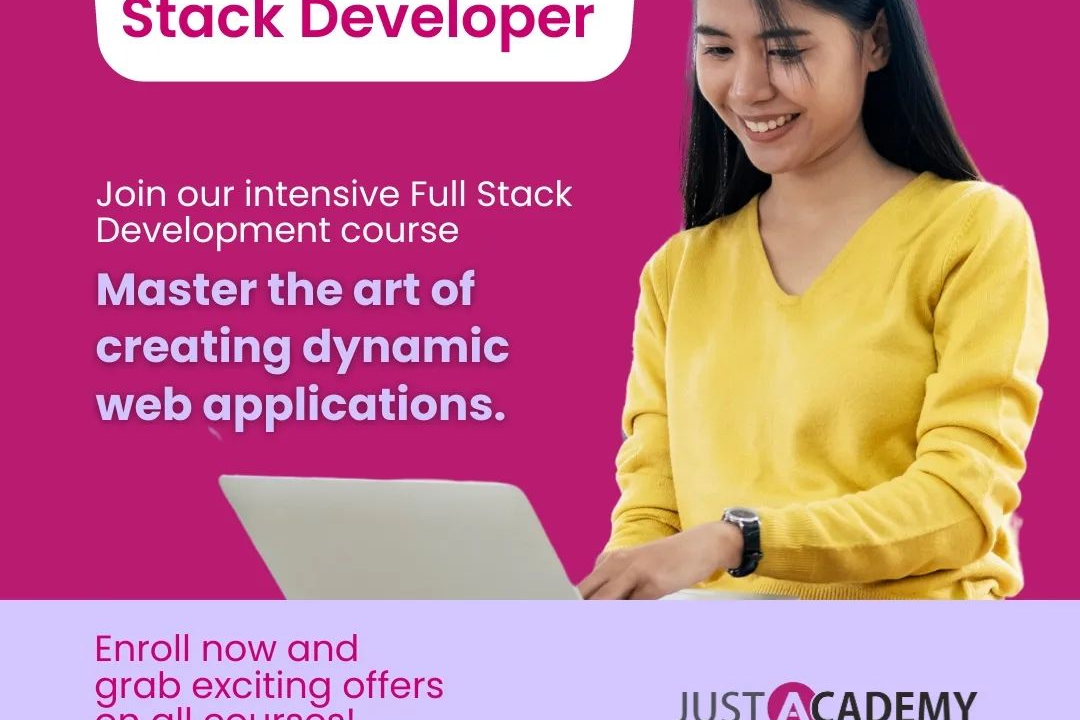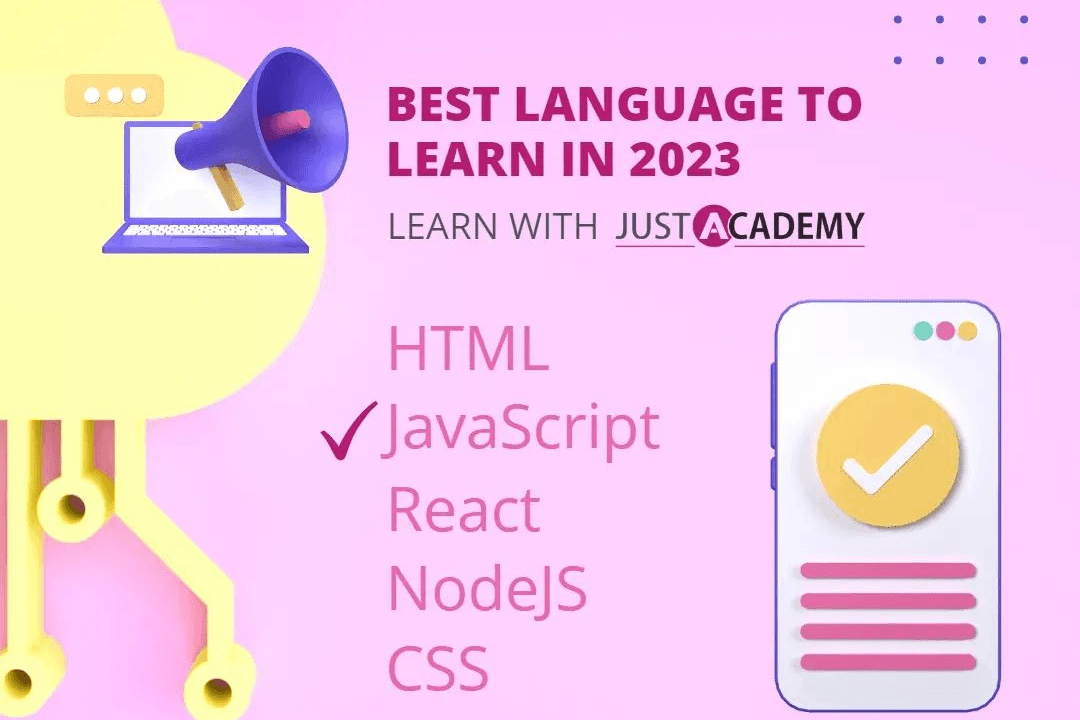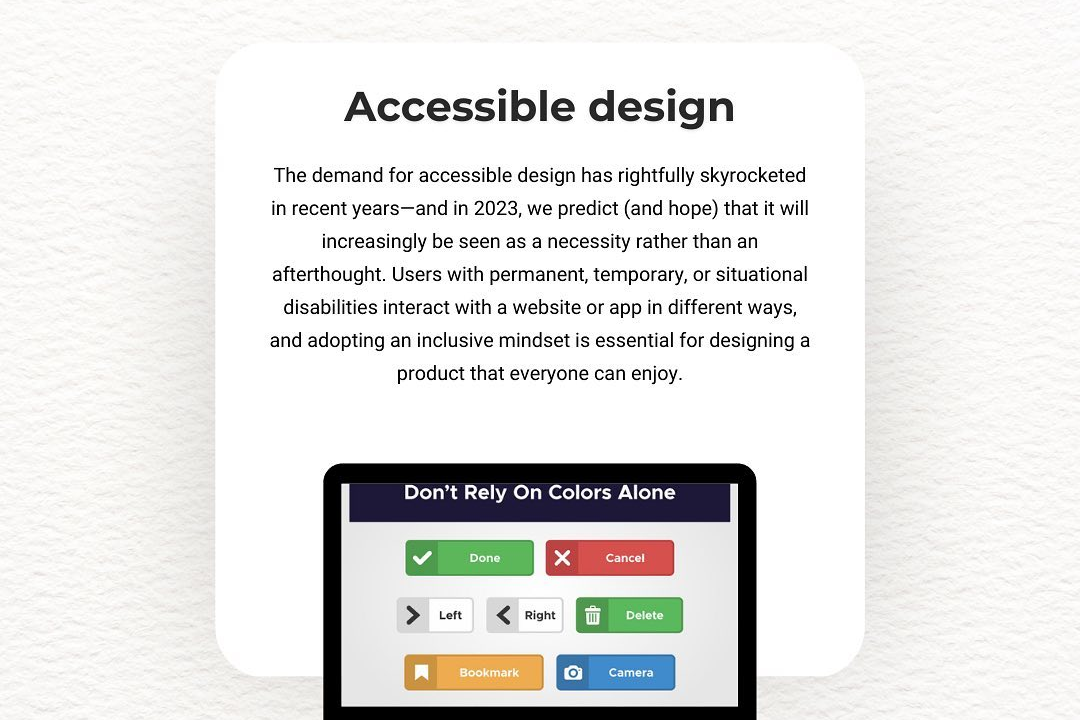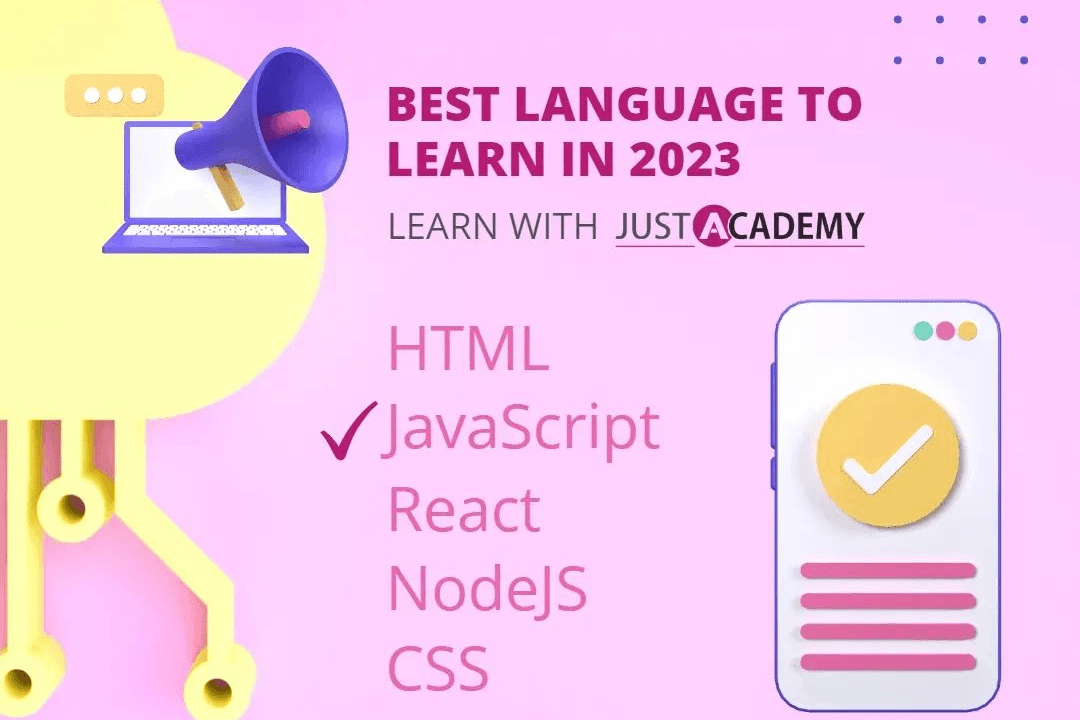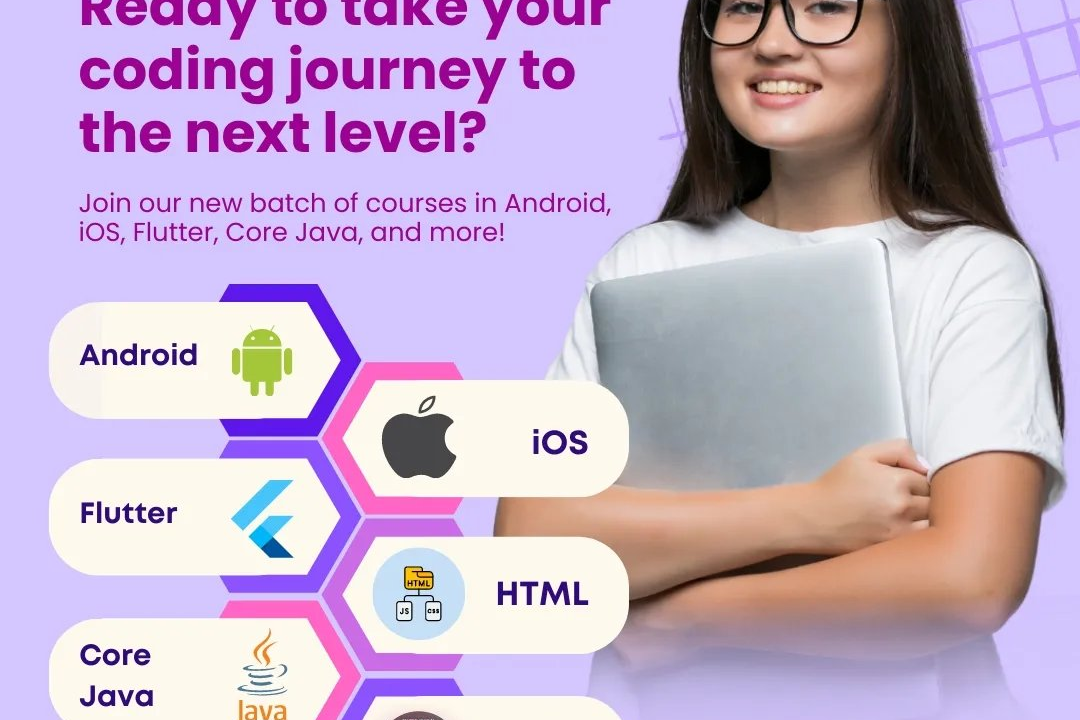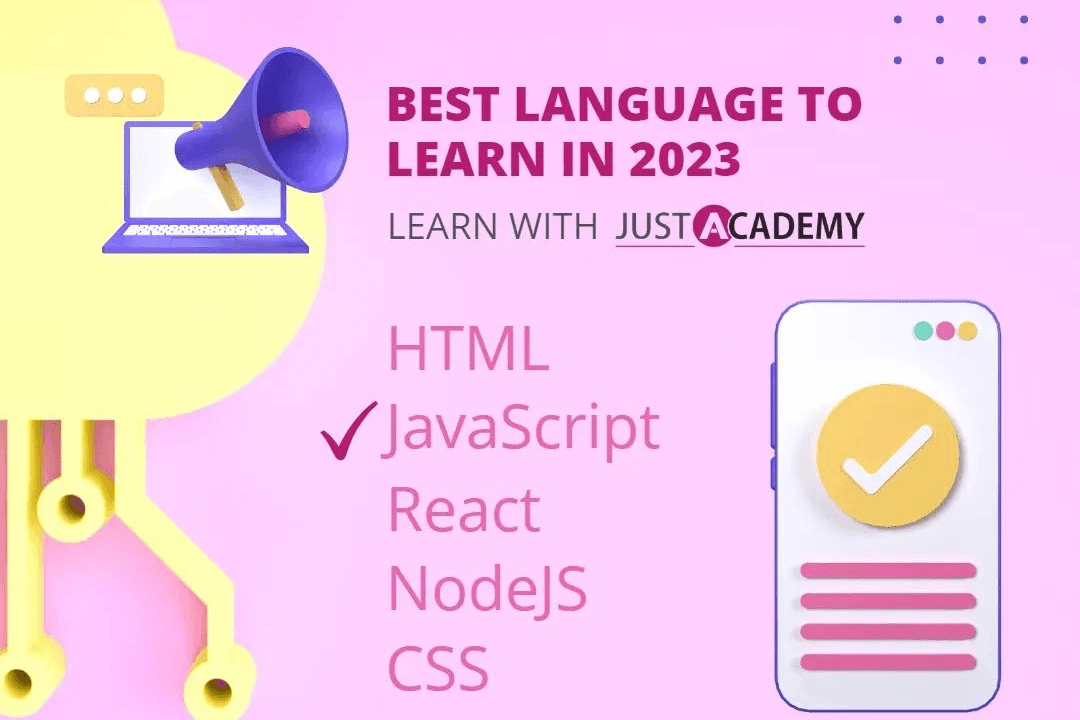Glass Effect In Flutter
The glass effect in Flutter, commonly known as glassmorphism, is a design trend that creates a trans
Glass Effect In Flutter
The glass effect in Flutter, or glassmorphism, is a design technique that enhances the visual appeal of user interfaces by creating a translucent, frosted glass-like appearance. This effect is useful as it adds depth and a modern aesthetic to applications while allowing background elements to remain visible, which can help users maintain context within the app. By incorporating a blend of blur, color, and transparency, the glass effect not only improves the overall design but also enhances readability and focuses attention on interactive components, making the user experience more engaging and visually striking.
To Download Our Brochure: https://www.justacademy.co/download-brochure-for-free
Message us for more information: +91 9987184296
The glass effect in Flutter, or glassmorphism, is a design technique that enhances the visual appeal of user interfaces by creating a translucent, frosted glass like appearance. This effect is useful as it adds depth and a modern aesthetic to applications while allowing background elements to remain visible, which can help users maintain context within the app. By incorporating a blend of blur, color, and transparency, the glass effect not only improves the overall design but also enhances readability and focuses attention on interactive components, making the user experience more engaging and visually striking.
Course Overview
The “Glass Effect in Flutter” course provides a comprehensive exploration of implementing glassmorphism in mobile app design using the Flutter framework. Participants will learn to create stunning, translucent UI elements that mimic a frosted glass appearance, enhancing the aesthetic quality of their applications. The course covers essential concepts such as incorporating blur effects, managing transparency, and optimizing design for usability. Through real-time projects and hands-on exercises, students will develop the skills to create modern, visually appealing interfaces that improve user engagement while maintaining a seamless experience across various devices. By the end of the course, learners will be equipped to apply the glass effect in their own Flutter projects, elevating their app design to a new level of sophistication.
Course Description
The “Glass Effect in Flutter” course is designed to teach developers how to create stunning UI elements with a frosted glass appearance using the Flutter framework. Participants will explore key techniques such as implementing blur effects, managing transparency, and enhancing the aesthetic appeal of their applications. Through engaging real-time projects, learners will gain hands-on experience in creating modern, visually appealing interfaces that boost user engagement and functionality. This course is perfect for those looking to elevate their app design skills and make their applications stand out in a competitive market.
Key Features
1 - Comprehensive Tool Coverage: Provides hands-on training with a range of industry-standard testing tools, including Selenium, JIRA, LoadRunner, and TestRail.
2) Practical Exercises: Features real-world exercises and case studies to apply tools in various testing scenarios.
3) Interactive Learning: Includes interactive sessions with industry experts for personalized feedback and guidance.
4) Detailed Tutorials: Offers extensive tutorials and documentation on tool functionalities and best practices.
5) Advanced Techniques: Covers both fundamental and advanced techniques for using testing tools effectively.
6) Data Visualization: Integrates tools for visualizing test metrics and results, enhancing data interpretation and decision-making.
7) Tool Integration: Teaches how to integrate testing tools into the software development lifecycle for streamlined workflows.
8) Project-Based Learning: Focuses on project-based learning to build practical skills and create a portfolio of completed tasks.
9) Career Support: Provides resources and support for applying learned skills to real-world job scenarios, including resume building and interview preparation.
10) Up-to-Date Content: Ensures that course materials reflect the latest industry standards and tool updates.
Benefits of taking our course
Functional Tools
1 - Flutter SDK: The primary tool used in the course is the Flutter Software Development Kit (SDK). Flutter allows developers to create natively compiled applications for mobile, web, and desktop from a single codebase. By leveraging Flutter’s rich set of pre built widgets and its high performance engine, students learn to implement the glass effect while developing cross platform applications. The SDK provides a seamless integration process that enables quick iterations, which is essential for experimenting with visual design elements like glass morphism.
2) Dart Programming Language: Dart is the programming language used for building Flutter applications. The course teaches students the fundamentals of Dart, including its syntax, object oriented features, and asynchronous programming capabilities. Understanding Dart is crucial as it allows participants to write efficient code for implementing the glass effect, manipulate widget properties, and manage application state effectively. Proficiency in Dart enhances students' overall coding skills and prepares them for real world application development.
3) Visual Studio Code (VS Code): Visual Studio Code is a popular and powerful code editor that supports Flutter development through various extensions. The course guides students on configuring VS Code for Flutter, utilizing its debugging features, and employing extensions that enhance productivity. Students will learn how to manage their project files, run the Flutter app in an integrated terminal, and use the live reload feature, which streamlines the development process when applying design changes like the glass effect.
4) Flutter Inspector: The Flutter Inspector is an essential debugging tool that allows developers to visualize and debug Flutter widgets in real time. During the course, students learn how to utilize this tool to inspect the widget tree, modify widget properties, and observe the effects of their changes immediately. The Inspector is particularly useful for understanding the behavior of complex UI components that exhibit glass like properties, fostering a deeper understanding of layout and rendering processes.
5) Adobe XD or Figma: These design tools are integral to the course, enabling students to create high fidelity prototypes of their applications. Adobe XD and Figma are user friendly graphic design tools that allow for collaborative design work. In this course, students are taught how to design their glass effect interfaces using these tools, which helps in visualizing the final product before implementation. Prototyping with these tools ensures that UI designs are intuitive and visually appealing, setting the groundwork for developing interactive applications in Flutter.
6) Firebase: Firebase is a cloud based platform that provides backend services for application development. While the primary focus is on the glass effect implementation, students are exposed to using Firebase for user authentication, real time database functionalities, and hosting. Integrating Firebase into projects helps learners understand how to build scalable applications with dynamic content while maintaining aesthetic elements, like the glass effect, without sacrificing performance or user experience.
7) Trello or GitHub for Project Management: Effective project management is vital in software development. Tools like Trello or GitHub are introduced in the course, allowing students to manage tasks, track project progress, and collaborate effectively with peers. Students learn how to create branches, commit code changes, and utilize pull requests in GitHub, which mimics industry workflows. Understanding version control and task management is essential for working in team environments, especially on complex projects that incorporate design elements such as the glass effect.
8) Animation and Transition Libraries: The course emphasizes the importance of animations and transitions in enhancing user experience, particularly when implementing the glass effect. Students will explore various animation libraries available in Flutter, such as `flutter_staggered_animations` and `animated_widgets`. Understanding how to use these libraries allows learners to create smooth transitions and animated effects, making their applications feel more dynamic and engaging while incorporating glass like aesthetics.
9) Responsive Design Principles: A crucial aspect of modern application development is ensuring that applications work well on various devices and screen sizes. The course covers responsive design principles, teaching students how to create layouts that adapt to different screen dimensions. By using techniques like media queries and flexible layouts, learners will be able to implement the glass effect in a way that enhances usability across platforms, whether on smartphones, tablets, or desktops.
10) Accessibility Standards: In addition to visual aesthetics, the course addresses the importance of accessibility in application design. Students will learn to implement best practices that ensure their applications are usable by individuals with disabilities. This includes understanding color contrast, implementing semantic widgets, and ensuring keyboard navigation. By integrating accessibility standards, learners can enhance their glass effect designs without compromising on inclusivity.
11 - Performance Optimization Techniques: Building visually appealing applications often raises concerns about performance. The course educates students on methods for optimizing Flutter applications, focusing on techniques that make the glass effect lightweight and efficient. Topics include widget rebuilding strategies, image caching, and lazy loading of data. Understanding performance optimization equips students with the skills needed to deliver high quality applications that maintain responsiveness even when implementing complex visual effects.
12) UI/UX Best Practices: The course integrates essential UI/UX best practices, guiding students on designing interfaces that are not only visually appealing but also user friendly. Topics include the importance of consistency, simplicity, and visual hierarchy in design. By understanding these concepts, students will be able to create applications that incorporate the glass effect while providing a seamless user experience that keeps users engaged.
13) Integrating APIs: The ability to pull in data from external sources is essential for modern applications. Students will learn how to integrate APIs within their Flutter applications, simplifying the process of fetching and displaying data. This is particularly relevant for applications that use the glass effect to showcase dynamic content, as learners will be able to retrieve real time data from services like news feeds, weather updates, or social media.
14) Deployment and Distribution: The course wraps up with guidance on deploying and distributing applications across platforms. Students will learn how to prepare their applications for different app stores, including testing procedures and guidelines for the Google Play Store and Apple App Store. Understanding the deployment process helps learners ensure their projects reach the intended audience while utilizing their polished glass effect designs.
15) Collaborative Projects: To foster teamwork and collaboration, the course includes opportunities for students to engage in group projects. These collaborations encourage knowledge sharing and provide a platform for learners to implement their glass effect designs in a team setting. This experience simulates a real world development environment, preparing students for future roles in tech companies where collaboration is key to success.
16) Feedback and Iteration Processes: The importance of feedback and iterative design is highlighted throughout the course. Students are encouraged to present their work, receive constructive criticism, and make improvements. This iterative process is essential for refining their glass effect designs, ensuring that the final product meets high standards of quality and user satisfaction.
Browse our course links : https://www.justacademy.co/all-courses
To Join our FREE DEMO Session:
This information is sourced from JustAcademy
Contact Info:
Roshan Chaturvedi
Message us on Whatsapp: +91 9987184296
Email id: info@justacademy.co
Android App Development Course For Truecaller



